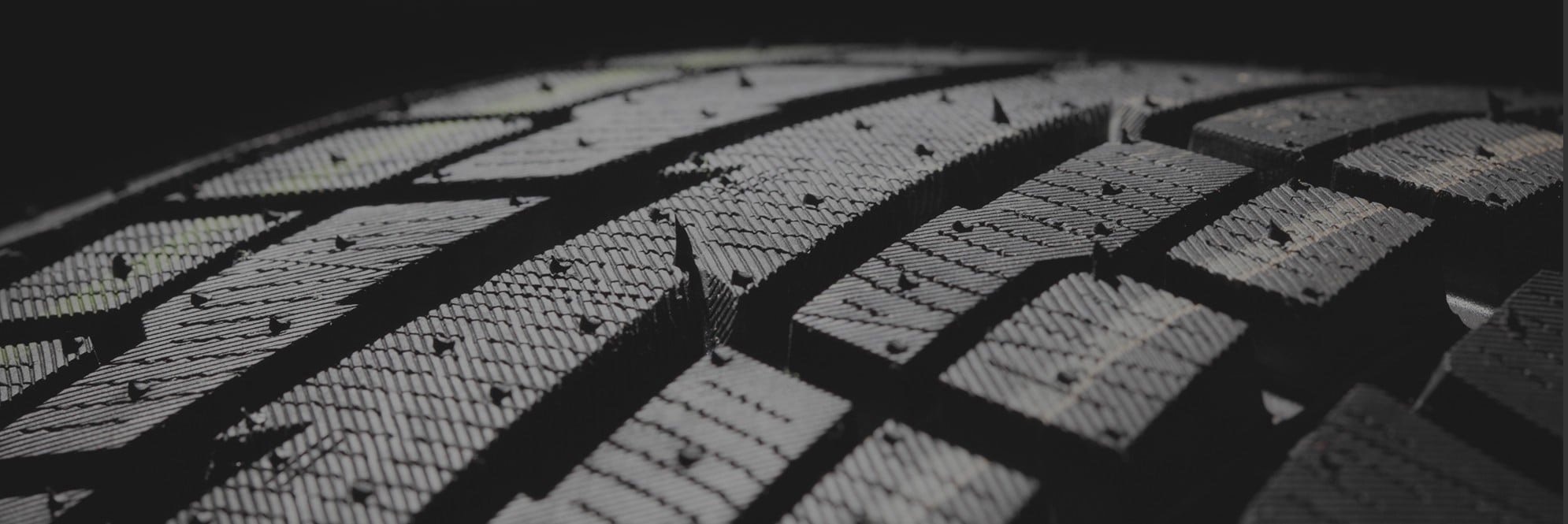shower door seal adhesive
The Ultimate Guide to Shower Door Seal Adhesives
When it comes to home renovations or repairs, ensuring that your shower door functions correctly and efficiently is paramount. One crucial element of maintaining your shower door's integrity involves using a high-quality seal adhesive. This guide will cover what shower door seal adhesives are, their importance, types, application tips, and best practices to ensure a long-lasting and watertight shower environment.
Understanding Shower Door Seal Adhesives
Shower door seal adhesives are specialized adhesives designed to bond various types of seal strips or weather stripping to shower doors or enclosures. These seals are essential for preventing water from leaking out of the shower area, which can lead to damage, mold, and mildew growth in your bathroom.
Proper sealing is crucial not only for maintaining the aesthetic appeal of your shower but also for ensuring the longevity of the installation. The moisture-rich environment of a bathroom demands that the adhesive used can withstand high humidity levels, water exposure, and occasional temperature fluctuations.
Importance of Using the Right Adhesive
Using the correct adhesive is essential for several reasons
1. Waterproofing The primary role of a shower door seal is to prevent water from escaping. An insufficient or inappropriate adhesive can fail, leading to leaks and water damage. 2. Longevity High-quality adhesives are formulated to endure constant exposure to water and humidity. This characteristic ensures that the seals stay in place over time, reducing the frequency of repairs.
3. Ease of Application Many modern shower door seal adhesives are designed for easy application, making DIY repairs feasible for homeowners without professional help.
4. Mold Resistance Some adhesives are treated to resist mold and mildew growth, which is beneficial in maintaining a hygienic bathroom environment.
Types of Shower Door Seal Adhesives
There are various types of adhesives suitable for shower door seals
1. Silicone Adhesives These are the most commonly used adhesives due to their excellent waterproof properties and flexibility. They can be applied in wet conditions and provide a strong bond that accommodates movement without cracking.
2. Polyurethane Adhesives Known for their superior strength, polyurethane adhesives bond well to many surfaces and can handle extreme temperature changes. However, they may not be as flexible as silicone.
shower door seal adhesive

3. Acrylic Adhesives These are less common for shower door seals but can be effective for certain applications. They tend to dry faster than silicone and offer decent water resistance.
4. Double-Sided Tape Particularly useful for temporary seals or lightweight applications, double-sided tape can offer a quick fix. However, it may not provide the long-term durability that liquid adhesives do.
Application Tips
When applying shower door seal adhesive, consider the following tips to ensure optimal results
1. Surface Preparation Clean the surfaces thoroughly to remove any old adhesive, soap scum, or grime. This step is crucial for achieving a strong bond.
2. Choose the Right Seal Select a seal that is compatible with your shower door’s material (glass, fiberglass, etc.) and the adhesive you plan to use.
3. Temperature and Humidity Ensure that the application is made under appropriate temperature and humidity conditions. Most adhesives work best when applied in moderate conditions, away from extreme moisture or cold.
4. Apply Evenly Apply a consistent bead of adhesive along the length of the seal for better coverage. Avoid applying excessive amounts, as this may lead to overflow and unsightly appearance.
5. Curing Time Allow the adhesive to cure completely before exposing the area to moisture. Refer to the manufacturer’s instructions for specific curing times.
Best Practices for Maintenance
To maintain the integrity of your shower door seals and adhesive
- Regularly check for signs of wear and tear, such as gaps or peeling. - Clean the seals gently with non-abrasive cleaners to prevent the buildup of mold and soap scum. - Promptly address any leaks or issues to avoid extensive repairs later.
Conclusion
In conclusion, selecting the right shower door seal adhesive is paramount for the effective functioning of your shower enclosure. By understanding the different types of adhesives available, following proper application techniques, and adhering to maintenance best practices, homeowners can ensure a watertight, durable, and aesthetically pleasing shower environment for years to come. Whether you choose silicone, polyurethane, or a different option, taking the time to invest in quality materials will pay off in long-term satisfaction with your shower door.
-
Under Door Draught Stopper: Essential ProtectionNewsJul.31,2025
-
Garage Door Seal and Weatherstrips for ProtectionNewsJul.31,2025
-
Edge Banding Tape for Perfect EdgesNewsJul.31,2025
-
Table Corner Guards and Wall Corner ProtectorsNewsJul.31,2025
-
Stair Nose Edging Trim and Tile Stair SolutionsNewsJul.31,2025
-
Truck Bed Rubber Mats for Pickup BedsNewsJul.31,2025
-
Window Weather Stripping for Noise ReductionNewsJul.29,2025